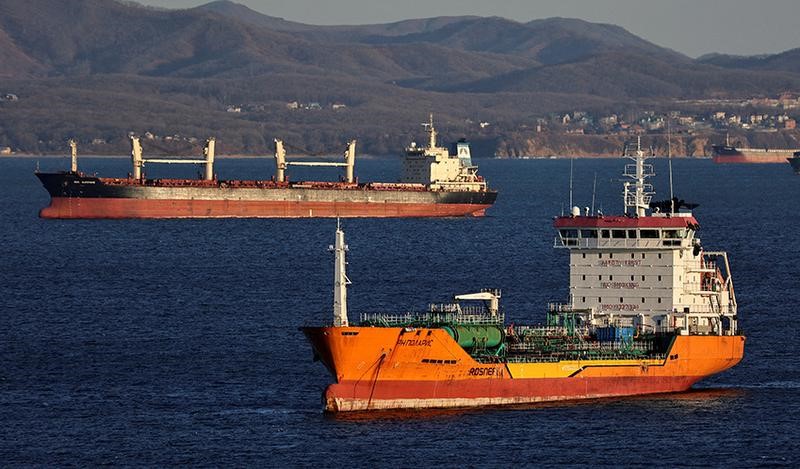Free Courses Sale ends Soon, Get It Now


Free Courses Sale ends Soon, Get It Now



Disclaimer: Copyright infringement not intended.
Context
Findings of the report
India’s oil imports
Domestic consumption and production
High-sulphur crudes
Challenges
Analysis
|
PRACTICE QUESTION Q) India — the world’s third-largest consumer of crude oil and also one of its top importers – is a net exporter of petroleum products. Discuss. (150 words) |
https://epaper.thehindu.com/ccidist-ws/th/th_delhi/issues/34697/OPS/GP6B694QP.1+G55B69GD5.1.html
© 2024 iasgyan. All right reserved